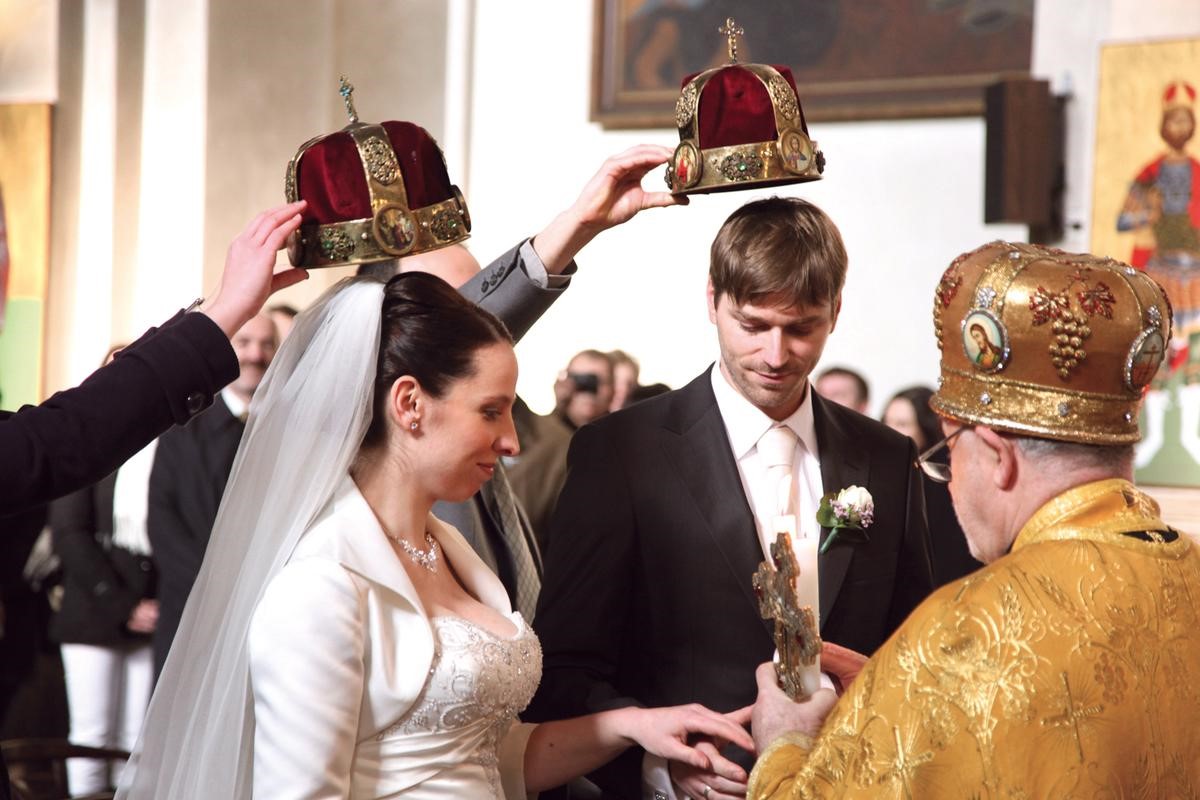It’s a great idea to incorporate bulgarian ceremony customs into your special day to give it more degree and significance. These kinds of traditions, which range from kneading in the bread to tossing the bouquet bulgarian bride and ripping of the bread, are deeply ingrained in history and culture and may add to the specialness of your wedding.
Numerous Bulgarian communities have their own distinctive marriage customs, some of which date back thousands of years. The Bible also makes reference to a few of these! Traditionally, one of the child’s families’ homes or the chapel is where the wedding ceremony is held. Following that, a reception with food and music is held, frequently at the bride’s parents’ house.

The groom’s father and the best man frequently assist one another during a ritual known as “gelina” ( gee- lin-ay ). At this point, the wedding drives the bride to his home in a customary horse-drawn carriage where he introduces her to the household by having her help with household tasks like cooking, spinning wool, and laundry. It’s a manner for him to express to his wife that she is pleasant in the new house and that he has enough faith in her to manage his family.
For a large marriage, Bulgarian ancestors used to stand flags, or ceremony banners. They were typically positioned great in the groom’s home and pointed toward the sunshine, which represented nice wealth for the newlyweds. The man would reach down a tree in the forest to start the process of making the bride symbol. The tree’s selection was crucial because it had to bear fruits and be in good health.
Another custom associated with weddings is when the couple’s mother makes a cherry crown, which is typically worn on the brain. It is thought to bring success and shield the bride from bad spirits. Some brides furthermore wear dark on their mask to symbolize their ability to withstand hardships in marriage.
The couple usually signs their legal wedding documents outside the town department, either at the city hall or at a designated outdoor location, after the religious ceremony is over. The bride and groom perhaps attempt to move on each other’s toes during the legal service, which is thought to decide who may rule the union.
The brides are greeted with a piece of ritual bread that has been first salt and then dipped in honey after the paperwork have been signed. Liquid is even poured over the few by the couple’s family, which is another indicator of good things to come for them. Some couples furthermore decide to use this chance to get their pictures taken in the conventional ceremony vehicle. Last but not least, the couple will receive congratulations from every guest at the reception, whether it be at their parents ‘ residences or the wedding location. This portion of the festival is frequently energetic and enjoyable. The couple’s girlfriend, or “kuma,” even contributes significantly to the celebration by giving the few presents and approving them.
